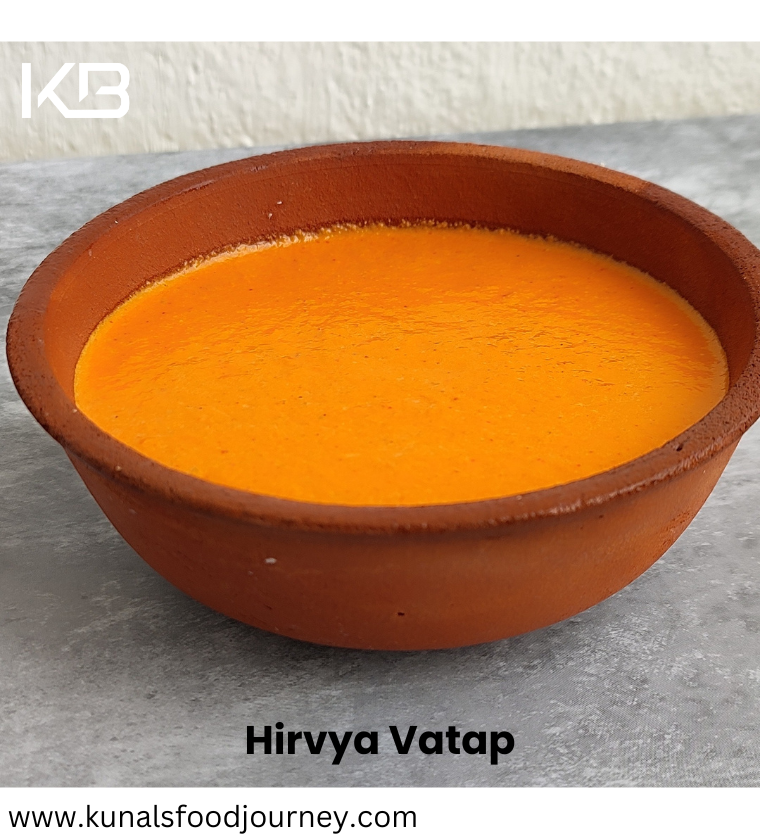The Beauty of Malvani Cuisine lies within the Aamti (Curry or Gravy). It is a part of our Main Course.
When it is thick gravy we call it Tikhla/Sukya or Usal. We refer to Tikhla/Sukya as thick gravies made of fish, chicken, or mutton, and use Usal as thick gravies made of Beans.
We generally call it a Thin gravy as Rasso or Aamti. Aamti denoted medium-thick gravies, whereas Rasso mostly referred to very thin gravies made with Beans or Chicken Mutton.
However, can you guess which curry ingredient determines the curry’s thickness? You are correct, it’s a Base Gravy and Water.
So I am going to talk about the Vataap i.e. Base Gravy. You will be able to master the Malvani Curries once you have mastered the two primary Vataaps.
Malvani Cuisine owns Two Basic Vataaps.
- Hirvya Vataap – Hirvya means every ingredient is Raw


- Bhajlela Vataap – Bhajlela means every ingredient is Sauteed together


Onion, Garlic, Ginger, and whole spices in small quantities make up Malvani Vataap. However, the Grated Coconut is the Primary component. Malvani Curry cannot be finished without Fresh Coconut, either raw or in the form of Vataap.
Garlic and onions are optional. Because they are raw and can occasionally overpower the main component, I usually avoid them in Hirvya Vataap.
The mixture needs to be ground using a Pataa (a stone grinder that combines a large, flat stone with a cylindrical stone) or a mixer.
The mixture is ground on a stone and repeatedly beaten, dragged, and crushed on the Pataa to create a paste-like structure. This must be done by hand. The aroma of Vataap is Stoney and improves the taste.
However, Mixer will provide you with the same paste-like structure faster.
These 2 Base gravies are great for making a variety of Malvani Curries.
I hope you have gained some insight from this Blog. Thank you for reading my blog, I really appreciate it. I’m looking forward to your insightful comments.
